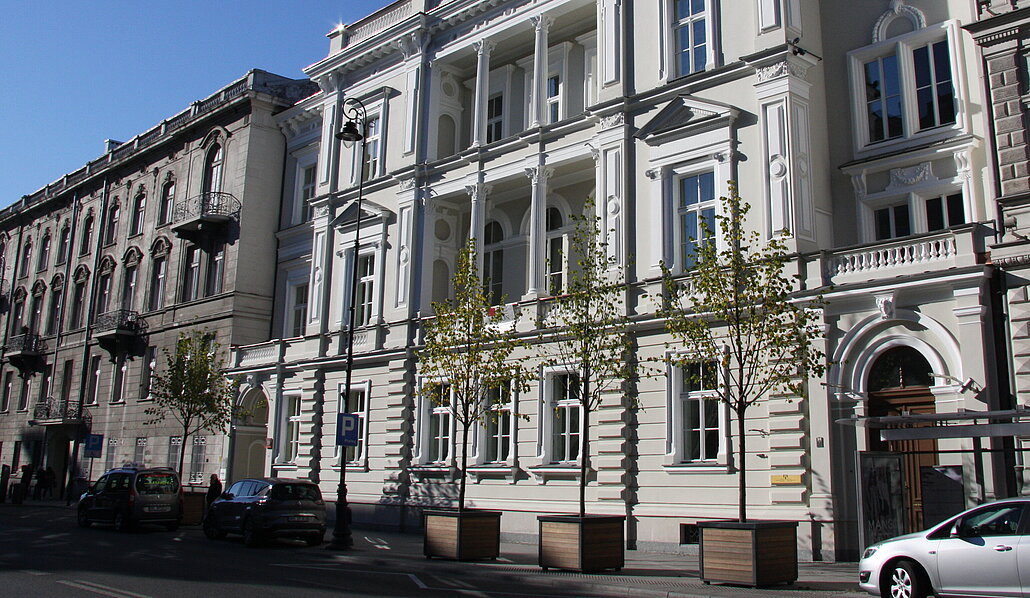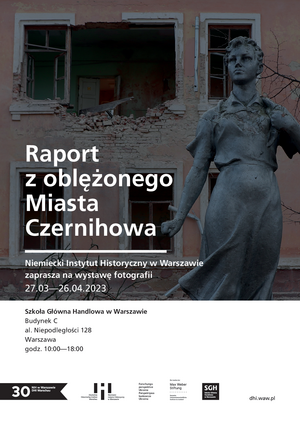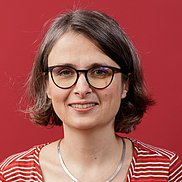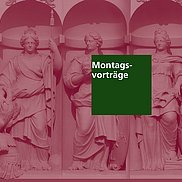Report from the Besieged City of Chernihiv
When Russia attacked Ukraine on February 24, 2022, Chernihiv residents were among the first to be affected. This ancient Kyiv Russ city on the Desna River, close to the Belarusian and Russian borders, plays a key role in Kyiv's defense as it blocks access to the capital from the east and north-east. Wanting to take Kyiv, the Russians could not bypass Chernihiv. There is no other way in this direction. For 38 days, Russian soldiers were unable to break through the defenses around the city. They shelled the city, tried to cause a humanitarian catastrophe in it, but they didn’t manage to overcome the resistance of the Ukrainians. The core of the military defense of Chernihiv and the surrounding area was the elite 1st "Siverska" Armored Brigade. The civilian population that remained in the city constantly helped each other and the army. Those who left the city organized humanitarian aids from various regions of Ukraine and abroad.
The exhibition is a photographic report, a chronicle record from the first days of the war in Chernihiv. Currently, in the city, which is slowly coming back to life, losses are being counted, reaching billions of dollars. Over 600 km of roads and 16 bridges were destroyed in the Chernihiv region. It is initially estimated that the reconstruction of the city and its outskirts may take up to 50 years.
Valentyn Bobyr and Vladyslav Savenok documented the first days of the Russian aggression in their hometown. Images of shelled residential buildings, educational establishments and sports facilities, cultural institutions, and local administration offices became the inspiration for the exhibition.
Due to the unique architectural monuments in this part of Europe, the history of which dates back to the times of Kyiv Russ, before the war, domestic and foreign tourists willingly visited Chernihiv, which had almost 300,000 inhabitants. Medieval sacral buildings have been preserved in the city: the Church of St. Paraskieva, the Cathedral of St. Boris and Glib, Transfiguration Cathedral. As a result of the Russian shelling, among others were destroyed schools, libraries, the ski base of the Ukrainian Olympic team in biathlon. On March 6, 2022, President of Ukraine Volodymyr Zelensky named Chernihiv the title of a Hero city.
The invasion of the Russian Federation on Ukraine, which has been independent for over 30 years, met with a strong reaction from Western countries. In addition to imposing sanctions on the aggressor, the international community launched humanitarian aid for war-stricken civilians, and scientific institutions offered scholarship programs for scientists who, due to the ongoing war, are unable to conduct research. Among them is the German Historical Institute in Warsaw (NIH), which launched the Research Perspective Ukraine project on April 1, 2022. In addition to long-term scholarship holders, short-term scholarship holders from Ukraine regularly visit the Karnicki Palace.
One of the NIH scholarship holders is Dr. Volodymyr Pylypenko, a historian graduated from Chernihiv State Pedagogical University. Chernihiv is his hometown, as well as a place of scientific and non-academic activities. The fellow provided the NIH with photos from Chernihiv photographers.
Valentyn Bobyr – photographer, scientist, volunteer
Born in 1983 in Chernihiv, a graduate of Chernihiv Taras Shevchenko State Pedagogical University, where he got a degree in Physical Sciences. In parallel with his studies and work at the Regional State Archives, he developed his passion for photography. His photos illustrate reports in newspapers, on Internet portals, and are also used in books. He collaborates with Chernihiv Tourist Information Center. After Russia's armed attack on Ukraine, he professionally documented the destruction of his hometown.
Vladyslav Savenok – journalist, writer, photojournalist
Born in 1959 in the village Liski in the Chernihiv region. He graduated from the Department of Journalism in Kiev Taras Shevchenko National University. He works as a journalist with local media in Chernihiv. He prepared reports on the life of the Chernihiv region for the Ukrainian BBC service, the Russian TV channel RTR and other Ukrainian TV channels. In 1989, he co-founded Taras Shevchenko Regional Association of the Ukrainian Language. In 1992, he was a co-founder of the Chernihiv Literary Union and the secretary of the "Literatural Chernihiv" magazine. Vladyslav is the winner of the "Journalist of the Year 2000" award granted by Chernihiv Media Club.
Curators of the exhibition
Beata Jurkowicz
Kinga Wołoszyn-Kowanda
Volodymyr Pylypenko
Graphic design
Lech Rowinski (Concrete)
Production
German Historical Institute in Warsaw
in cooperation with the Warsaw School of Economics
The exhibition is open everyday from March 27, 2023 until April 26, 2023 between 10 a.m. and 6 p.m. on the premises of the Warsaw School of Economics: al. Niepodległości 128, 02-554 Warsaw, building C.
The preview of the exhibition will take place on March 27 at 5 p.m.






